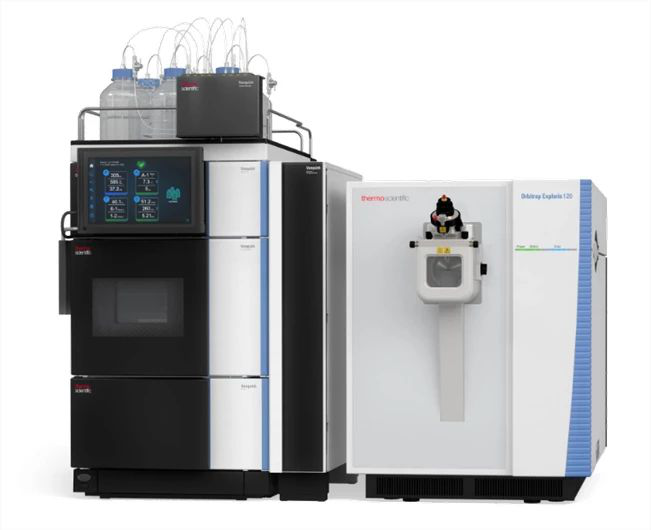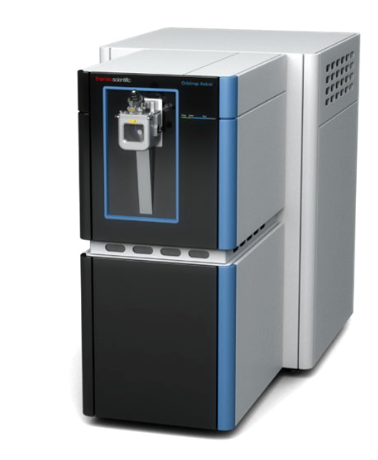Abstract
Given the prospective application of anaerobic ammonium oxidation (anammox)-based processes in treating the ammonium-rich and phosphate-containing wastewaters, the effects of phosphate on anammox process were investigated considering the roles of phosphate forms and biomass geometry in this study. Batch experiments showed that phosphate lower than 155 mg P L?1 stimulated the specific anammox activity (SAA) of granules or flocs, whereas 310 mg P L?1 phosphate inhibited the SAA by 10% and the inhibitory effects were further enhanced with phosphate concentrations increasing. The half-maximal inhibitory concentrations of anammox granules and flocs were estimated as 1664.7 ± 114.7 and 1205.9 ± 77.5 mg P L?1, respectively. The inhibitory effect may be mainly attributed to the dihydrogen phosphate ion (H2PO4?) in weakly basic conditions. However, when the influent phosphate level of the granular sludge reactor gradually increased from 2 to 500 mg P L?1, no adverse effects on the nitrogen removal performance were observed during a 195-day operation. The microbial community diversity and the relative abundance of anammox bacteria were reduced, but no shift in dominant anammox strain was recorded by high throughput sequencing. These results will trigger a rational reevaluation regarding the effects of inorganic phosphate on anammox process.
link text:
http://www.sciencedirect.com/science/article/pii/S0925857417300599?via%3Dihub




















